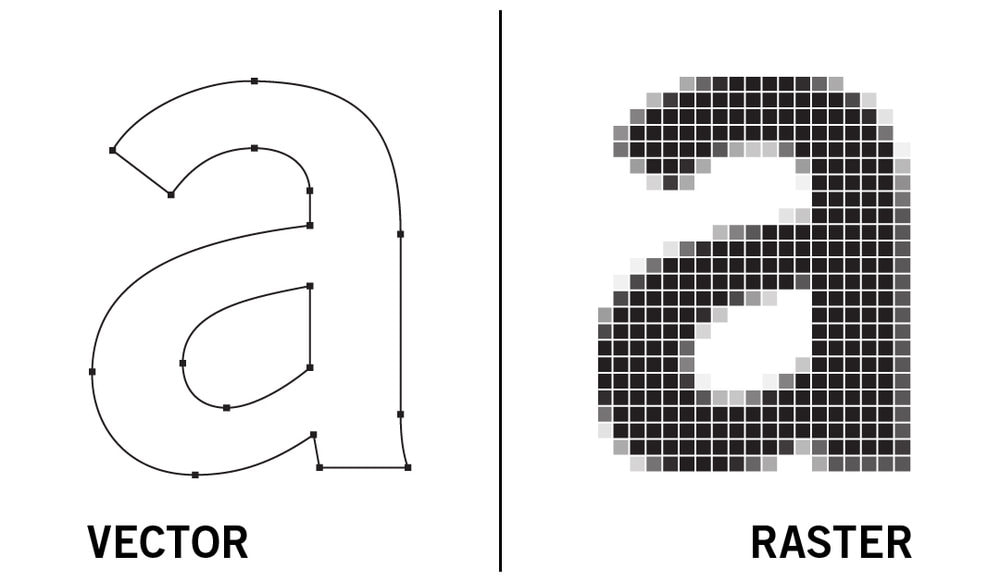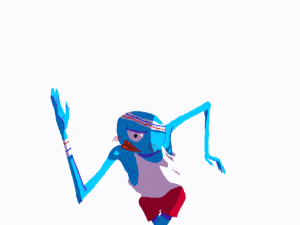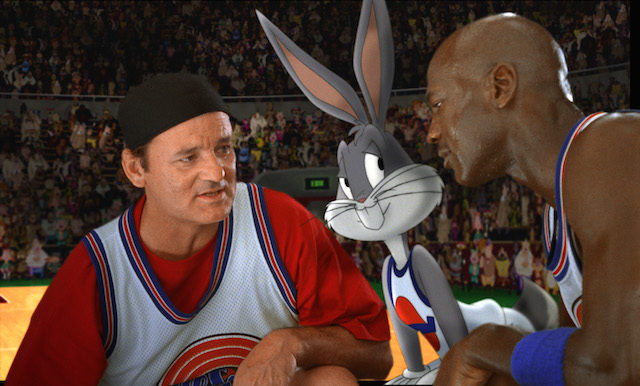CAD - Computer aided design
Computer-aided design is the use of computers to help in the creation, modification or analysis of a design. CAD software is used to increase the productivity of the designer, improve the quality of design, improve communications in documentation, and to create a database of parts/materials required for manufacturing. There are many different CAD softwares, for example Onshape, SketchUp, SOLIDWORKS, TinkerCAD, and hundreds more.
I’ve used CAD in the past to help me design mechanisms for my robotics team that I'm part of. I use the software Onshape and it's very useful for the design of parts that we commonly use. It mainly does straight lines, but can do more complex shapes, but its main focus is its ability to be used online, where multiple users can edit the same document at once. This makes group project work on the team much easier, below is an example of a design I worked on with a friend that got turned into reality, it's a mechanical winch.










